8th October 2016 - Kennet Valley
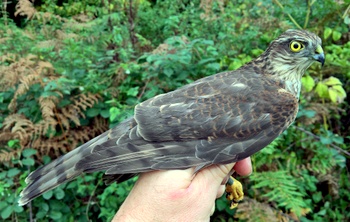

I've spent my usual October week ringing in Norway 30km north-west of Bergen and have been catching some really interesting birds. The weather has been set in a record high pressure blocking anti-cyclone which has meant light easterly winds all week, the best wind direction for rare birds on the west coast of Norway.
At the few local sites we ring at we have caught over 700 birds, most of which will be migrants. Large numbers of Tit's and Goldcrest's have been on the move as well as thousand's of Thrushes and Finches.
The week started of brightly with 2 Yellow-browed Warbler's, a Little Bunting and a few Twite caught in the first few days at an exciting Shetland like island called Herldvaer which has a long history of turning up good birds.
The next day at the site produced what is likely to be only the 21st Norwegian record of Savi's Warbler which caused something of a major twitch of 6 people. It's not often you take something out of a next thinking 'what's this'.
While we were catching these good birds the islands 15km north of us were turning up White's Thrush and Red-flanked Bluetail while Utsira Bird Observatory, the Fair Isle of Norway was getting Lanceolated Warbler's and Olive-backed Pipit's so we were hoping something else interesting would turn up for us which it duly did for us in the form of a Red-throated Pipit, probably only the 3rd county record.
Another nice bird caught this week was this Jack Snipe.
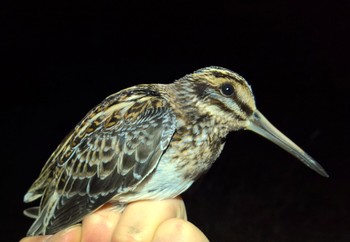
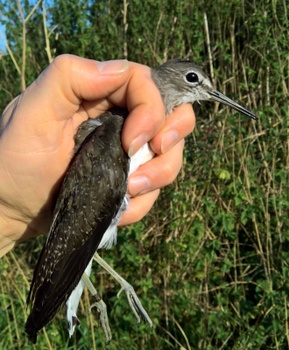
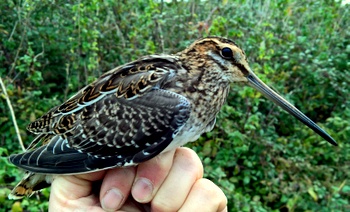
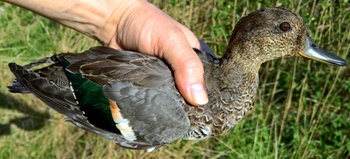
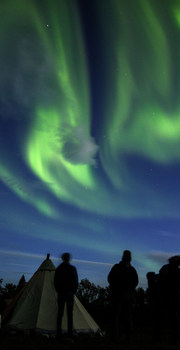
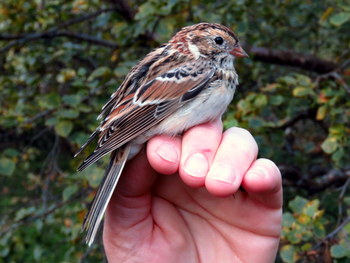
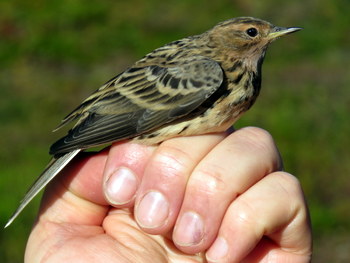
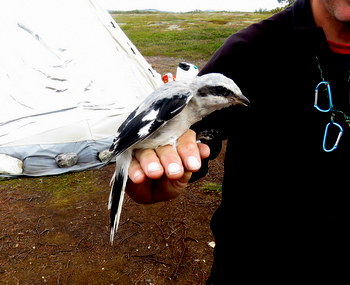
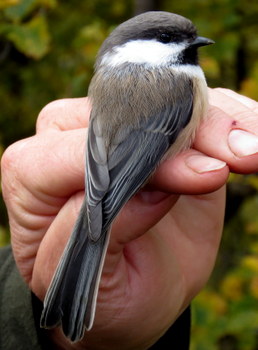
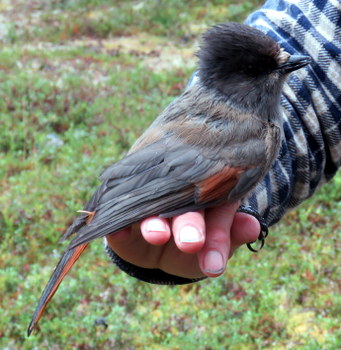

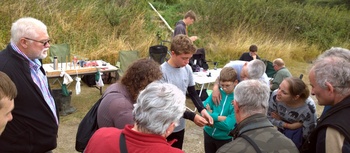
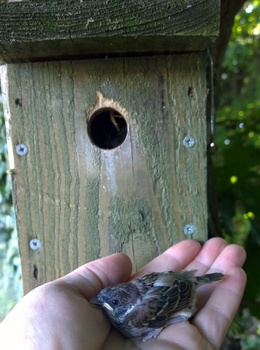
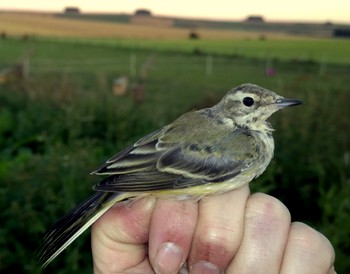
Another chance for a bonus session on Salisbury Plain saw us driving along the gravel track to the site at 0415. As well as chasing a Badger for some distance we flushed a couple of wheatear and a Nightjar off of the track. Once we got to our site we quickly put up the net where we've caught them a few times before with a lure playing and by the time all the nets were up we had managed to catch it.
The usual spread of Whinchat and Stonechat were caught in the single net we have at the bottom of a valley and a couple of two-shelf nets along the track caught a few more chats along with the more expected Whitethroat's and Linnet's as well as an unexpected Yellow Wagtail which was a first for the site.
It was another big day for Whitethroat with 30 ringed and of the scarcer migrants we also caught 4 Grasshopper Warbler and 3 Redstart. Sedge Warbler and Willow Warbler passage is still ongoing but numbers of these species will drop off dramatically over the next week while Blackcap which has been virtually absent from the site this August will start increasing in numbers. GD,PD,OF
143 new, 12 retraps
Nightjar 1, Tree Pipit 1, Meadow Pipit 15, Yellow Wagtail 1, Wren 5(2), Robin 6, Redstart 3, Whinchat 6, Stonechat 4, Blackbird 3, Song Thrush 5, Grasshopper Warbler 4, Sedge Warbler 9, Reed Warbler 3, Lesser Whitethroat 4, Whitethroat 30(2), Garden Warbler 7(2), Blackcap 4(4), Chiffchaff 2(1), Willow Warbler 11(1), Long Tailed Tit 1, Chaffinch 1, Goldfinch 3, Linnet 5, Yellowhammer 5, Reed Bunting 4
The drive to the site was through the tail end of a a weather front the gave a very light rain for most of the journey that cleared up as soon as we arrived. The hope was that this might drop a few extra migrants onto the site but as it turned out migrant numbers were generally much lower than average for the time of year so it must have really chucked it down further north of us which would have stopped the birds reaching us.
In the end numbers didn't really matter as we had a fanastic morning catching birds of real quality with the star bird being a totally unexpected Wryneck. This is the second Wryneck we have caught at this site and our group has caught a further 5 in recent years usually a few days after a big fall of them on the east coast but with only a couple of others in the country at the moment it makes you wonder how it has managed to get as far west as us.
The bird did the usual Wryneck neck twisting while being processed, a habit that gives the bird its name.
We also caught a record number of Whinchat for a single session with 12 ringed as well as catching a good numner of Tree Pipit, a couple of Redstart, a Grasshopper Warbler and our first Spotted Flycatcher of the year. Good numbers of Whitethroat are still passing through but Blackcap's have all but disappeared since the bird catches of 3J's last month. GD/PD/OF
120 new, 12 retraps
Wryneck 1, Swallow 1 & 4 pulli, Tree Pipit 7, Wren 4, Dunnock 3(1), Robin 4(2), Nightingale (1), Redstart 2, Whinchat 12, Blackbird 1(1), Song Thrush 1, Grasshopper Warbler 1, Sedge Warbler 5, Reed Warbler 2, Lesser Whitethroat 3, Whitethroat 33, Garden Warbler 8, Blackcap 4(3), Chiffchaff 2(1), Willow Warbler 8, Spotted Flycatcher 1, Blue Tit 2(2), Great Tit 1, Chaffinch 2, Goldfinch (1), Linnet 1, Bullfinch 2, Yellowhammer 5

